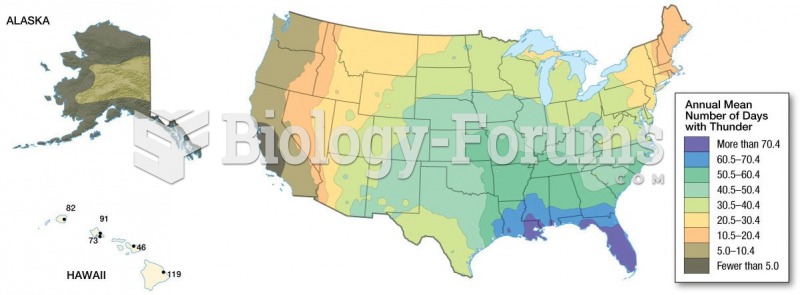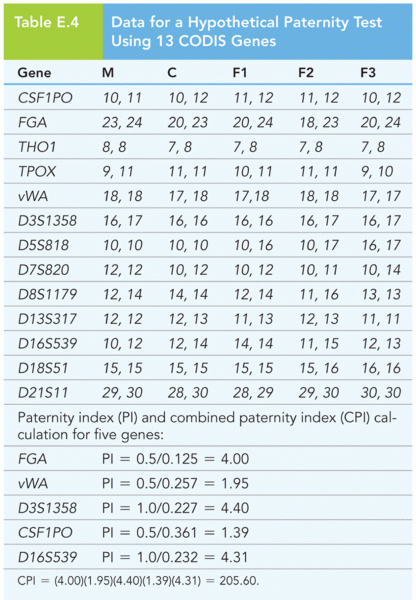Answer to Question 1
ANS: B, E
In this time of flash drives and thumb drives, it is relatively easy to store data. The original data forms and database must be stored for time frames dictated by the funding source or by the journal publisher. There are several reasons to store data. The data can be used for secondary analyses. For example, researchers participating in a project related to a particular research focus may pool data from various studies for access by all members of the group. Data should be available to document the validity of your analyses and the published results of your study. Because of nationally publicized incidents of scientific misconduct in which researchers fabricated data and published multiple manuscripts, you would be wise to preserve documentation that your data were obtained as you claim. Issues that have been raised include how long data should be stored, the need for institutional policy regarding data storage, and whether graduate students who conduct a study should leave a copy of their data at the university. Some researchers store their data for only five years after publication, while others store their data until they retire from a research career. Researchers should check with their funding sponsors and publishers for guidelines on how long to keep the data. Most researchers store data in their office or laboratory; others archive their data in a central location with storage fees or retrieval fees. HIPAA mandates protection of anonymity by removing all 18 identifiers for data; a master list of the code-labeled data and the person to whom it belonged must be kept separate from the main data. The master list must be kept in a locked area.
Answer to Question 2
ANS: A, D
In this time of flash drives and thumb drives, it is relatively easy to store data. The original data forms and database must be stored for time frames dictated by the funding source or by the journal publisher. There are several reasons to store data. The data can be used for secondary analyses. For example, researchers participating in a project related to a particular research focus may pool data from various studies for access by all members of the group. Data should be available to document the validity of your analyses and the published results of your study. Because of nationally publicized incidents of scientific misconduct in which researchers fabricated data and published multiple manuscripts, you would be wise to preserve documentation that your data were obtained as you claim. Issues that have been raised include how long data should be stored, the need for institutional policy regarding data storage, and whether graduate students who conduct a study should leave a copy of their data at the university. Some researchers store their data for only five years after publication, while others store their data until they retire from a research career. Researchers should check with their funding sponsors and publishers for guidelines on how long to keep the data. Most researchers store data in their office or laboratory; others archive their data in a central location with storage fees or retrieval fees. HIPAA mandates protection of anonymity by removing all 18 identifiers for data; a master list of the code-labeled data and the person to whom it belonged must be kept separate from the main data. The master list must be kept in a locked area.







